
Archives
Search Archives
The History of the Bourbon Street Awards
The epic Mardi Gras Day costuming contest got its start as a promotion to drum up business for a Bourbon Street diner.
– by Frank Perez

To Collect and to Preserve: The LGBT+ Archives Project of Louisiana
Founded in 2012, this powerhouse organization works to bring New Orleans’ queer history out of the closet and into the open.
– by Doug Brantley
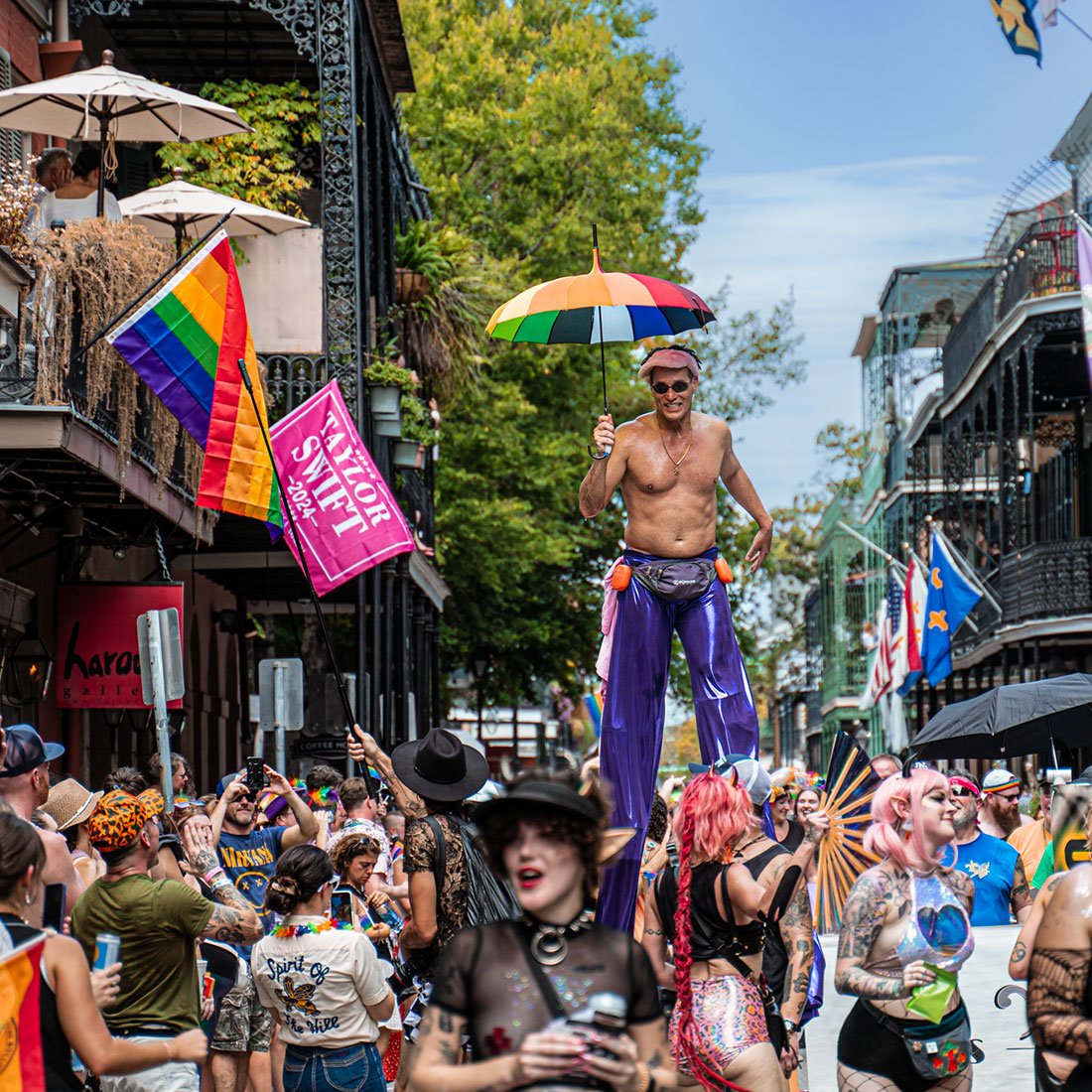
Southern Decadence: the Origin, Traditions – and, of course – the Parade
While more than 250,000 people flock to the annual LGBTQ+ French Quarter celebration on Labor Day weekend each year, few are aware of the event’s half-century history and its Sunday parading tradition.
- by Frank Perez
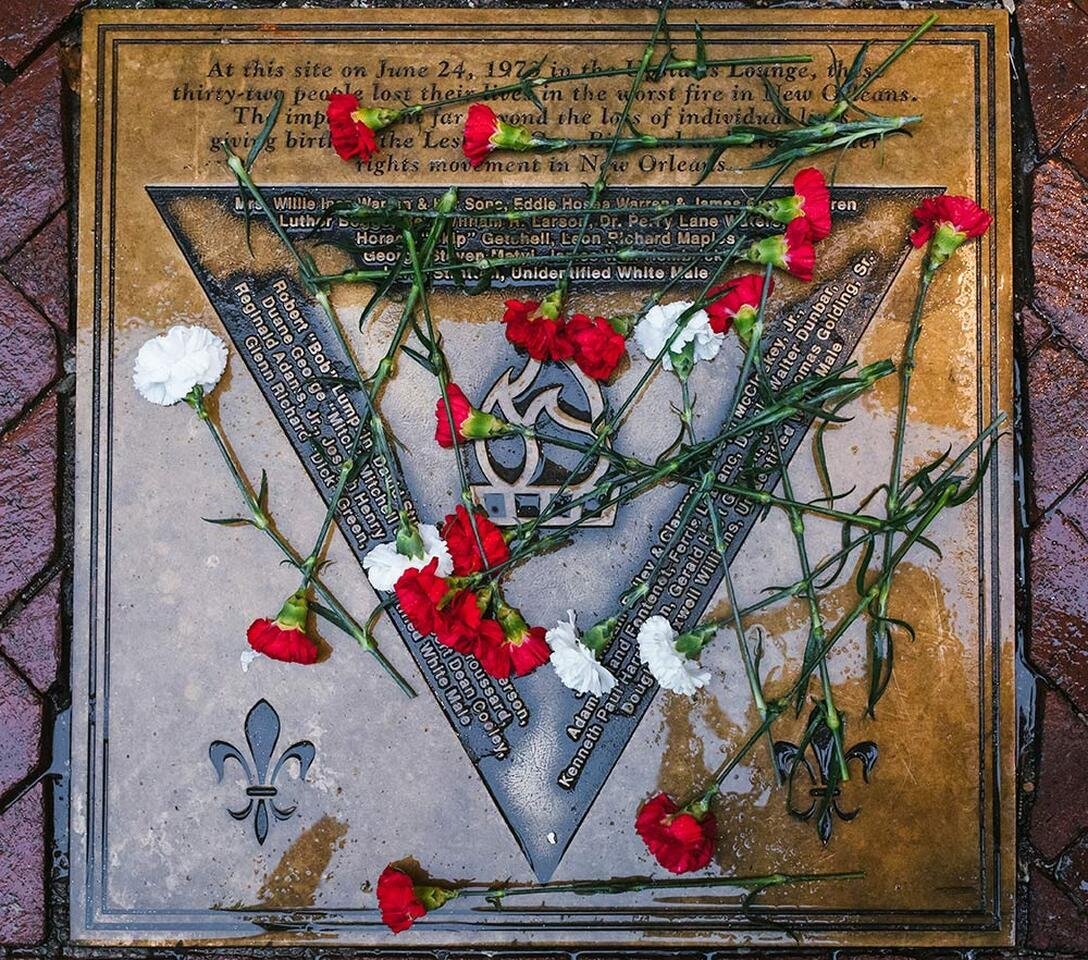
Replacing the Up Stairs Lounge Fire Plaque
The site of the deadliest fire in New Orleans history was designated historic landmark status this week, while the theft of the plaque commemorating the 32 lives lost has spurred a drive to replace it.
– by Frank Perez
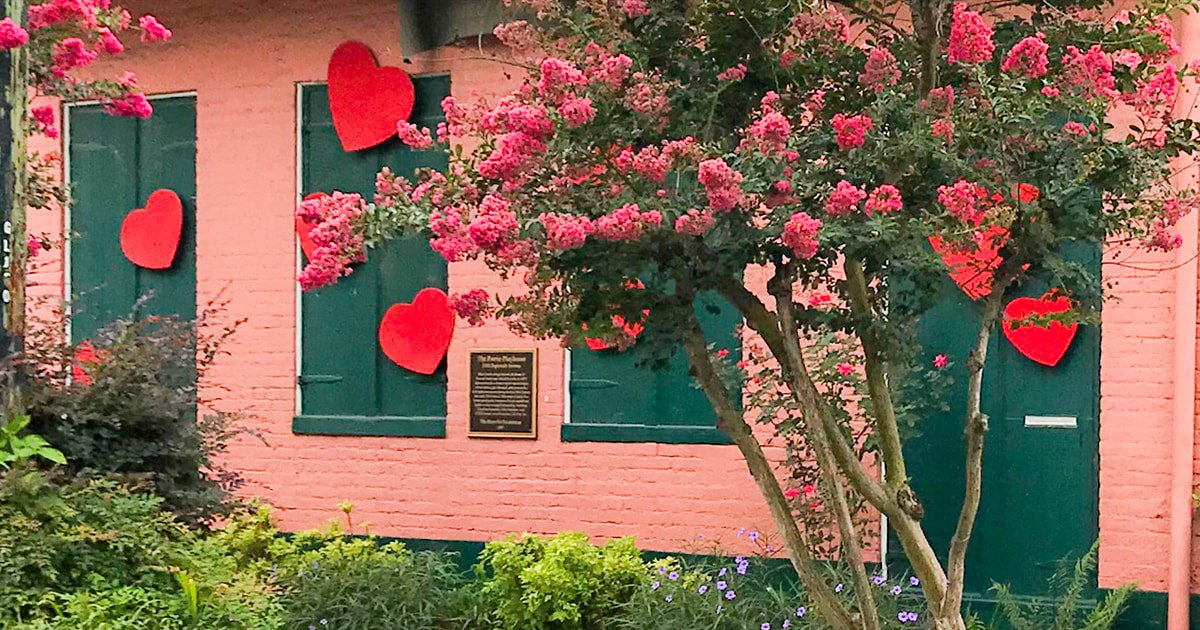
The Faerie Playhouse on Esplanade
A historic Creole Cottage on Esplanade Avenue became both a gathering place and resting place for gay rights activists – and now a nationally recognized cultural LGBTQ site.
– by Frank Perez
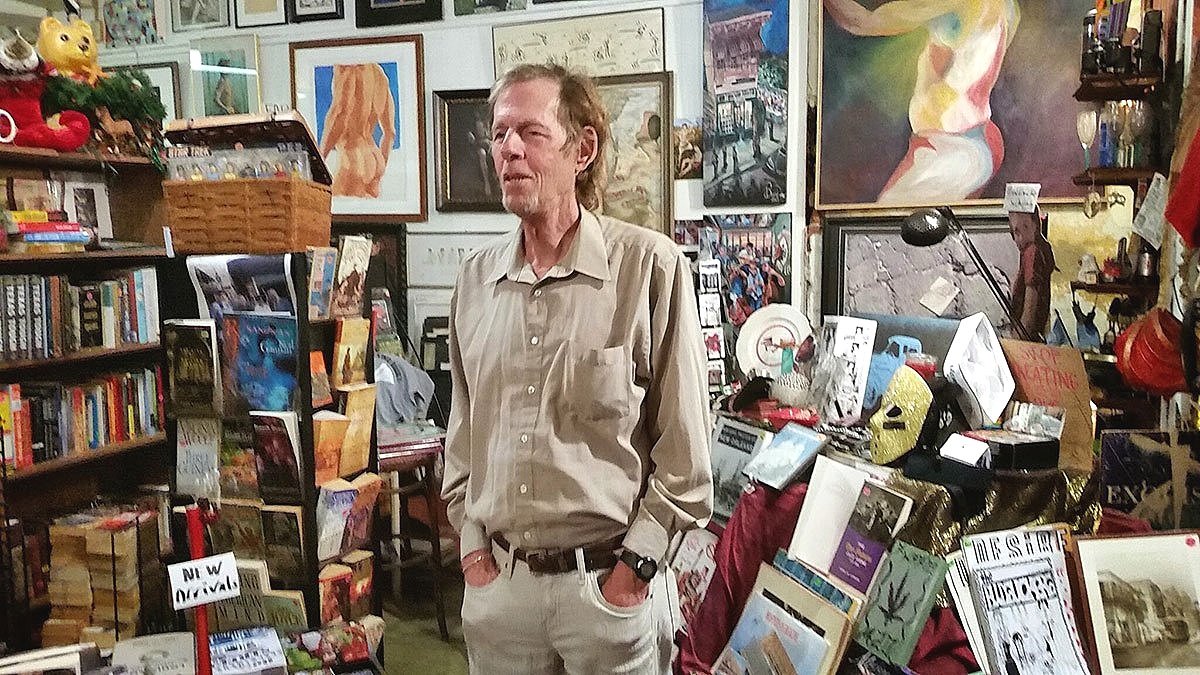
Otis Fennell: Mayor of Frenchmen Street
What began in 1978 as the first gay bookstore in the South is still thriving as Frenchmen Art & Books thanks to four nurturing owners – including the late Otis Fennell.
– by Frank Perez

When the Courtroom Cheered: A Mid-Century Miscarriage of Justice
New Orleans’ acceptance of the LGBT+ community has radically changed since 1958 – as illustrated by the tragic murder of Fernando Rios.
– by Frank Perez

Bill Rushton: Journalist and Activist, Part Two
In the ‘70s, a young journalist writing for a small French Quarter newspaper broke one of the city’s most startling stories and helped organize one of the first gay protests in the South. This story includes a series of never-before-published images of the 1977 rally by Owen Murphy.
– by Frank Perez
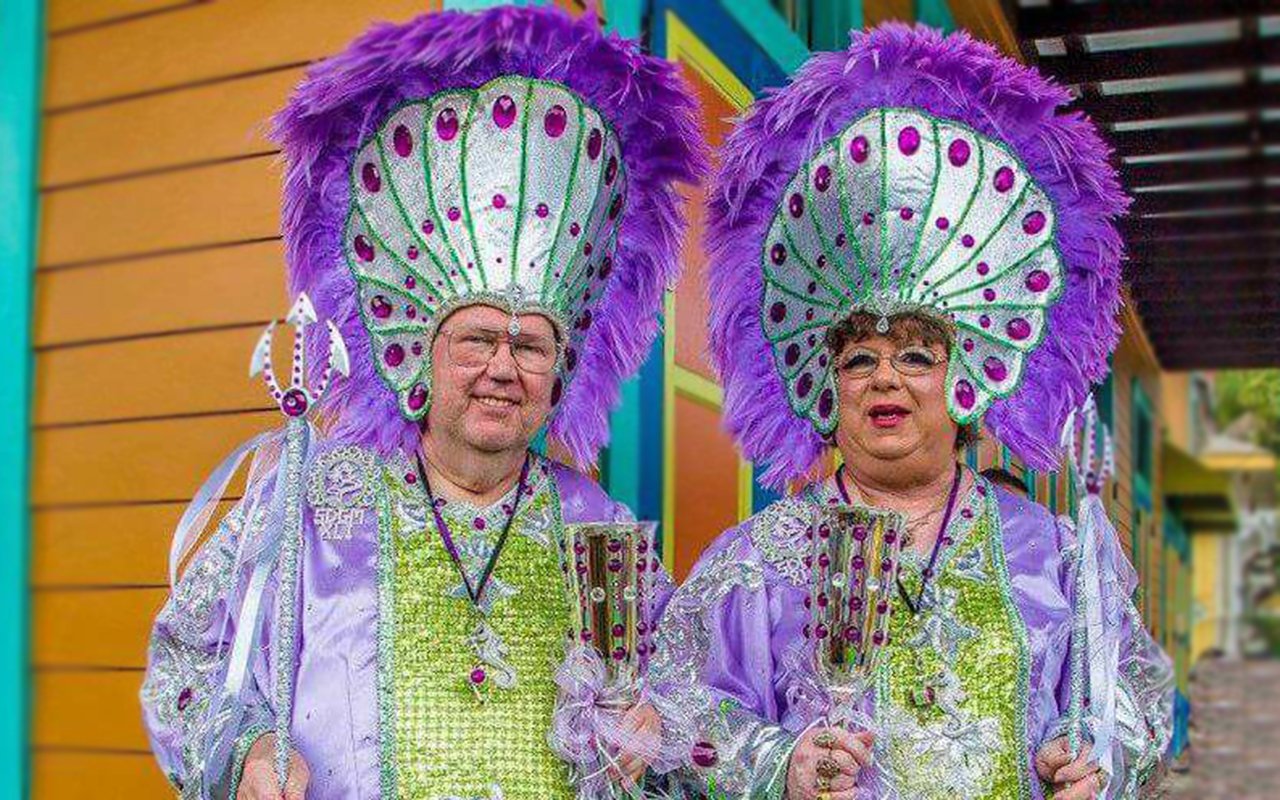
A Gay Couple’s Notable Influence on the French Quarter
Rip and Marsha Naquin-Delain – founders of Ambush Magazine – both died in 2017, yet the annual Southern Decadence celebration proves their legacy is very much alive.
-By Frank Perez

Bill Rushton: Journalist and Activist, Part One
In the ‘70s, a young journalist writing for a small New Orleans newspaper in the French Quarter broke some of the city’s most important stories.
– by Frank Perez

Ferris LeBlanc and the Up Stairs Lounge Fire 50 Years Later
Fifty years after the most horrific and deadliest fire in New Orleans history, the family of victim Ferris LeBlanc is still seeking answers.
—by Frank Perez
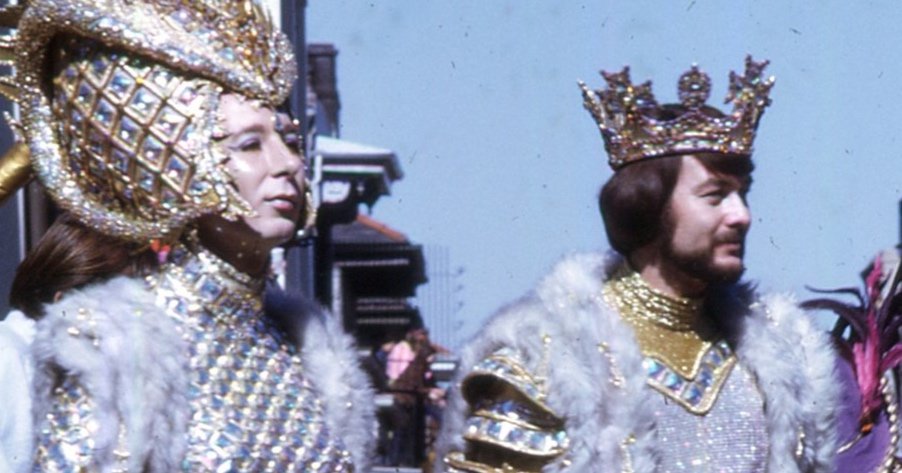
A Treasure Trove of Vintage Gay Mardi Gras Images
The Louisiana State Museum discovers and acquires a collection of 820 color slides by a relatively unknown photographer documenting the LGBT+ midcentury celebrations.
- by Frank Perez
- images courtesy Louisiana State Museum, Joe Crews collection
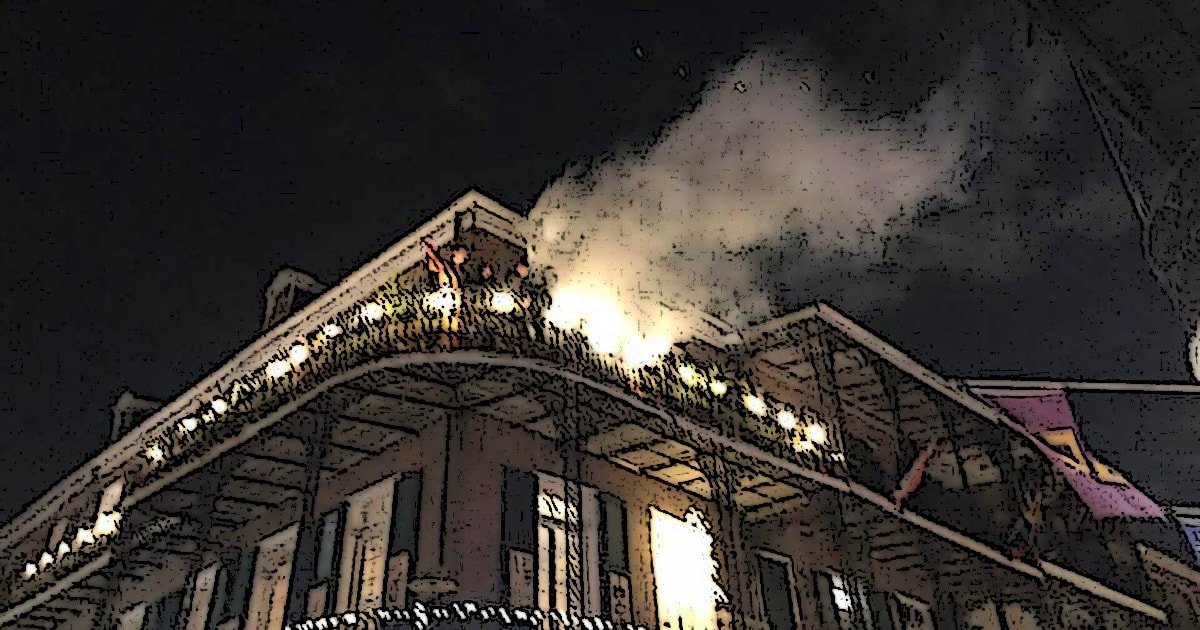
A Conclave of Revelers
If you spot clouds of smoke billowing from a certain Royal Street balcony in the months leading to Twelfth Night, it might be the signal that the Lord of Misrule has chosen the new monarch for the Krewe de la Royale Revelers.
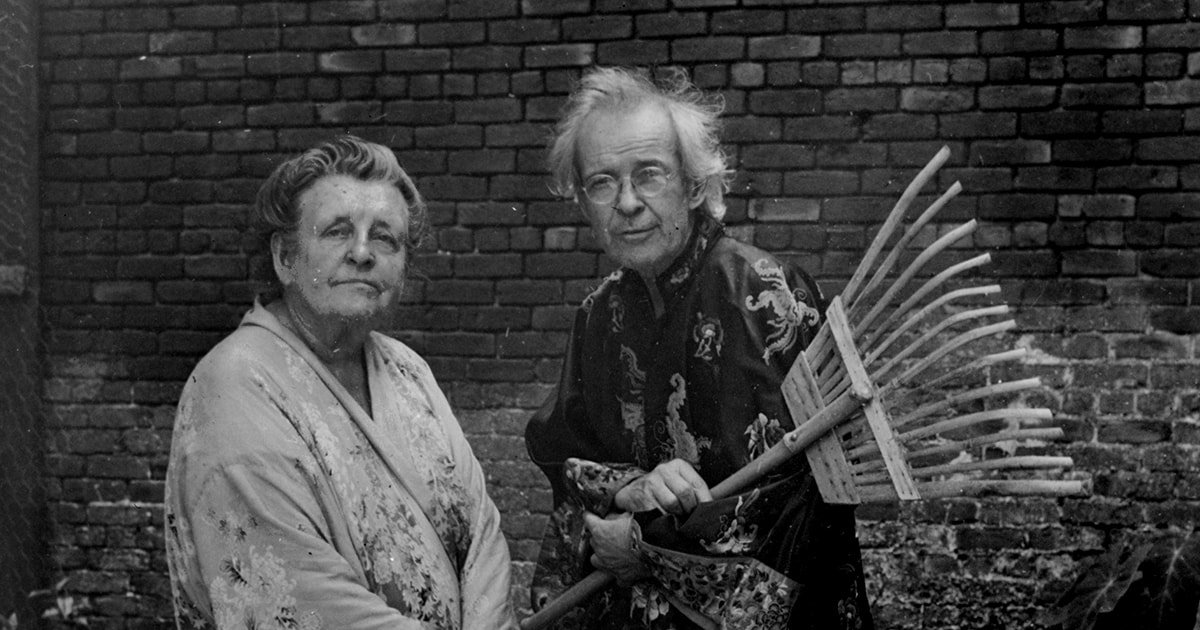
The Gay Lens: Frances Benjamin Johnston and Pops Whitesell
One the world's early photojournalists chose to close out her extraordinary 70-year career in the French Quarter, in the company of bohemian artists like local photographer Joseph Woodson “Pops” Whitesell.
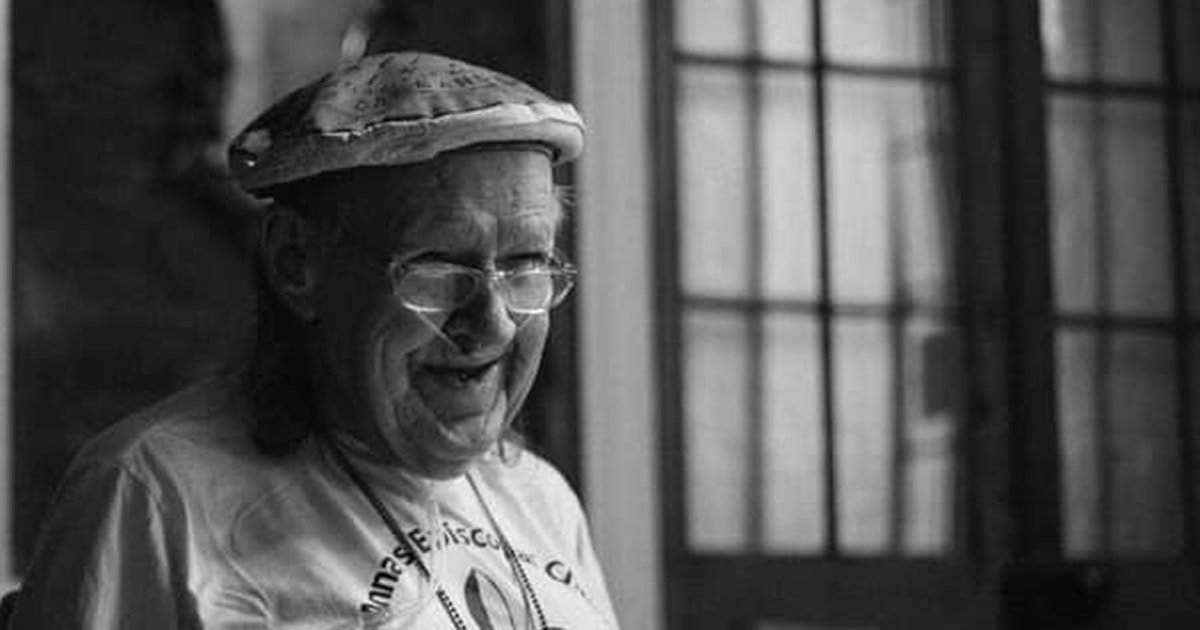
Lion in Winter: A Tribute to Stewart Butler
Stewart Butler's biographer marks the March 2020 passing of this legendary New Orleans LGBT+ activist.
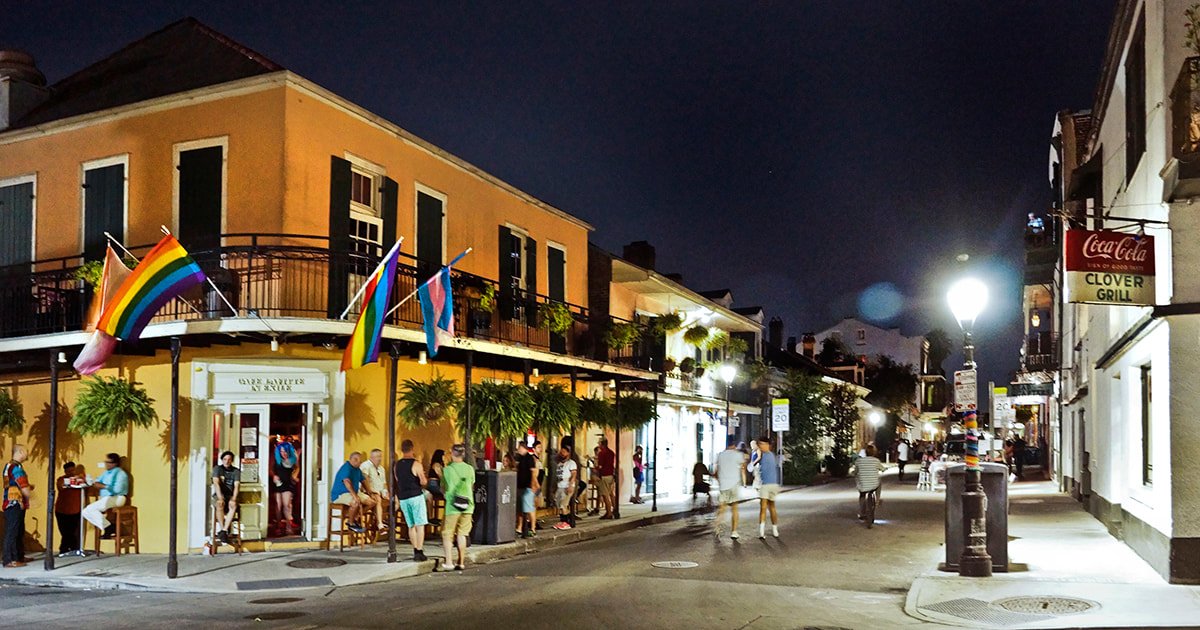
The Queer Quarter: A Moveable Feast
The Queer Quarter: A Moveable Feast: In the 1900s, LGBT+ people from around the country were drawn to the French Quarter's shifting centers of queer gravity, which offered both a spicy nightlife scene and an evolving culture.
-Frank Perez
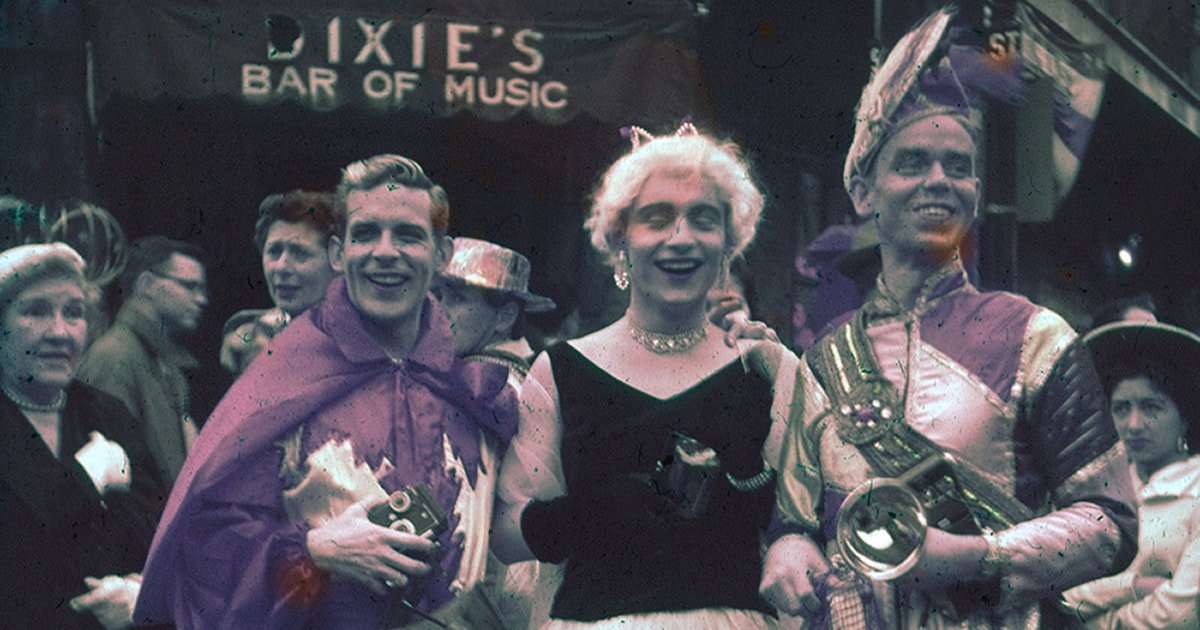
Dixie's, Yuga and Gay Carnival
Dixie's, Yuga and Gay Carnival: The first gay Mardi Gras pioneers powered through many challenges - including a police raid on the fifth annual Krewe of Yuga ball, where nearly 100 men were arrested.
- by Frank Perez
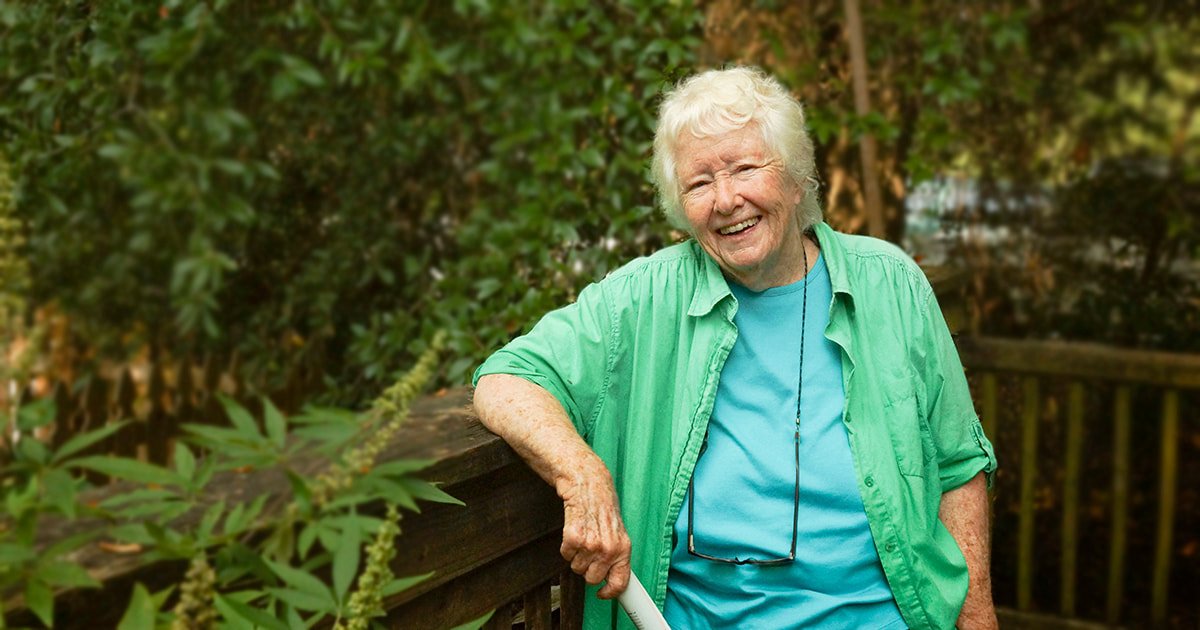
Go Your Own Way: the Life of Barbara Scott
Rainbow History: Barbara Scott blazed her own trail as a politician, restaurateur, hôtelier, artist, preservationist, gerontologist, feminist - and social justice warrior.
- by Frank Perez

Queer Eye For Preservation
Meet a few of the far-sighted men who blocked the wrecking ball's path through the Quarter in the early 1900s.
- by Frank Perez
